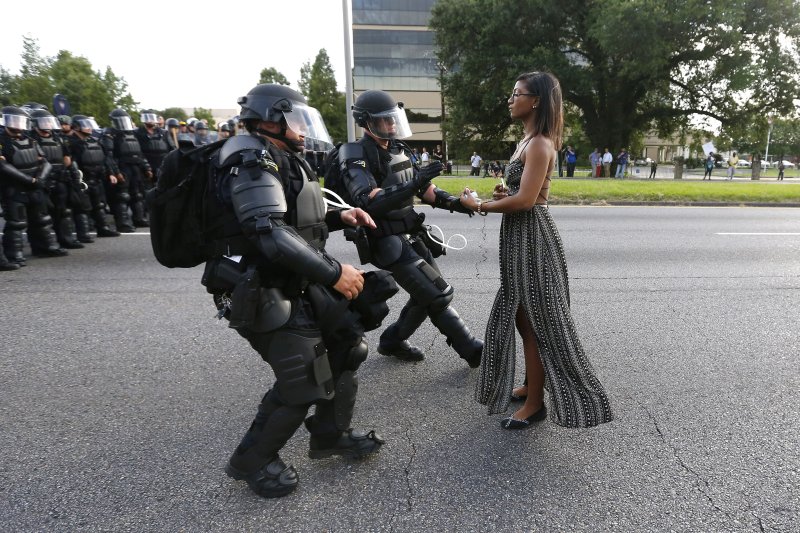Sets the background color of an element.
rgb() | rgba() | hsl()> | hsla() | <hex-color> | <named-color> | currentcolor
Unlike the other background longhand properties, this one takes only a single value.
The uniform color of the background is rendered behind any specified background-images and may be visible through any transparency in the images.








